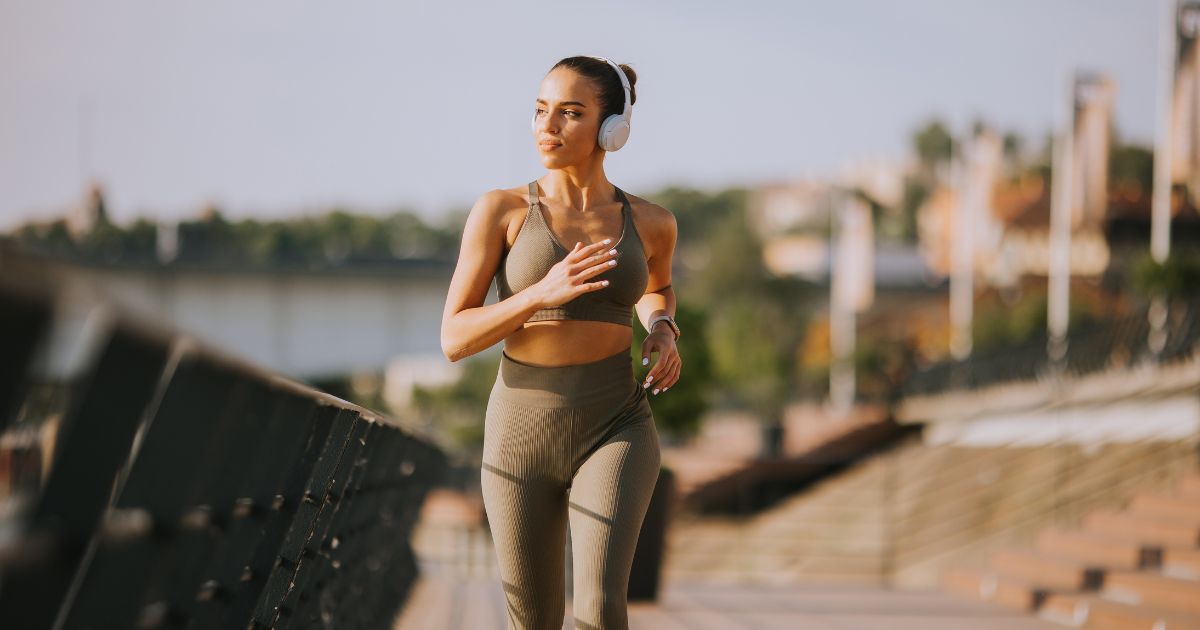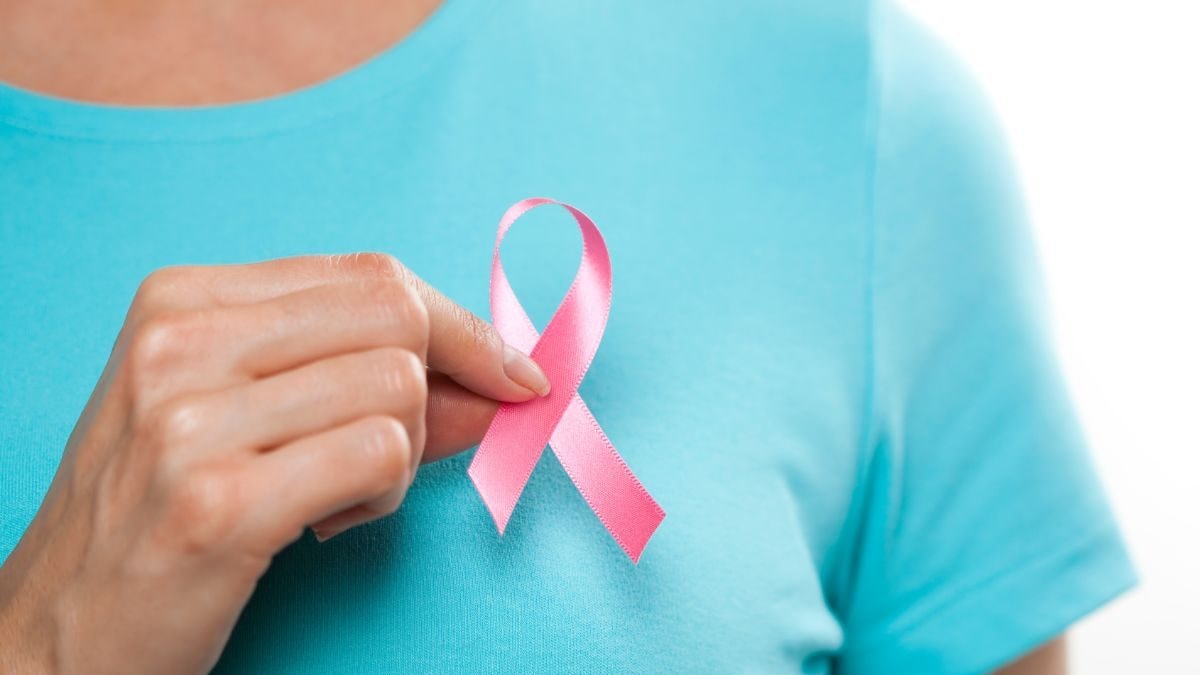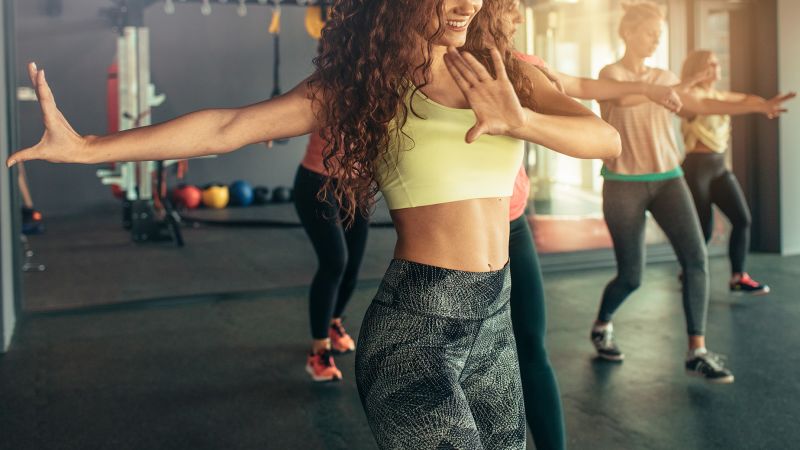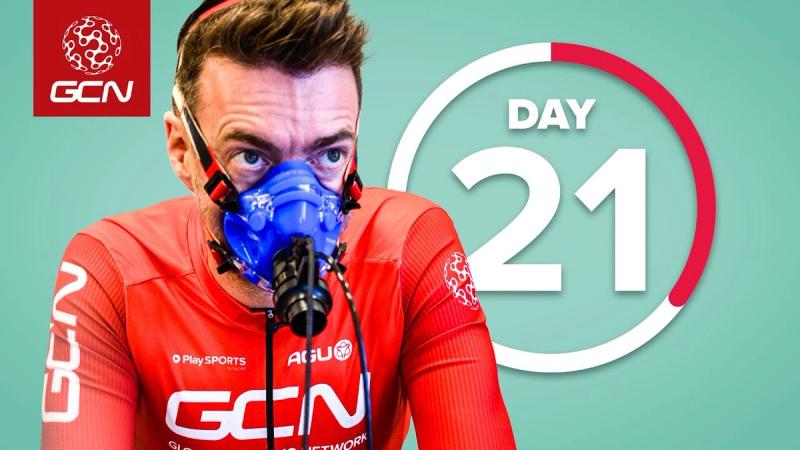With so much conflicting information circulating online, it makes complete sense if you’ve struggled to find any concrete answers about the best form of exercise to lose weight.
While one personal trainer will peddle the pros of pavement pounding or HIIT for losing fat, another will sing the praises of Reformer Pilates. It’s confusing and, frankly, extremely stressful sifting through endless inconsistent theories – as if pursuing a goal of fat loss isn’t challenging in and of itself.
Before we get into any of the science, know this: you don’t need to lose weight. You are enough as you are – don’t let anyone tell you otherwise. That said, if you are looking to lose fat in a healthy and sustainable way, it’s handy to arm yourself with the right research and save wasting your time and energy.
In this article, we’re going to attempt to clear a few things up and answer all of your questions about the best form of exercise to lose weight while breaking down some untruths the industry has told us time and again. Keep scrolling – and don’t miss our guides to diet fads to avoid, the link between gut health and weight loss, and how effective walking for weight loss can be, while you’re at it.
What’s the best form of exercise to lose weight?
How to lose weight
Before we scrutinise the specifics of various exercise types for fat loss, we first need to look at how fat loss actually occurs – and you may be surprised to hear that it’s not through working out alone.
Fat loss happens when adipose tissue (fat tissue) is used as energy. “Most of the fat used or burned by your body occurs during normal day-to-day activity and as you sleep,” says personal trainer Andy Vincent. “Some extra fat can be used during exercise, but it’s not a very efficient energy source for exercise.”
The body starts to use stored fat for energy when overall daily activity is greater than the amount of energy (aka calories) consumed, often referred to as a calorie deficit. “In this situation, the body requires more energy to fuel activity and metabolic function, so it turns to stored fuel,” Vincent explains. “But this is a delicate balance; pushing activity far too high and consuming too little energy (calories) and the body can use stored proteins (muscle) as well as stored sugars glycogen.”
Interestingly, the majority of fat is burned during rest, and not activity. In scientific terms, this is called your Total Daily Energy Expenditure (TDEE). It’s exactly what it sounds like – the total amount of energy that you use per day – and is broken down into four parts:
- Basal metabolic rate or BMR – the calories your body burns each day to stay alive
- Thermic effect of food or TEF – the calories your body burns digesting, absorbing, and metabolising the food you eat
- Non-exercise activity thermogenesis or NEAT – the calories your body burns through all movement that isn’t a workout, eg walking or standing.
- Thermic effect of activity or TEA – the calories you burn from working out.
If you’ve switched off because it all sounds a bit science-heavy, let the expert translate for you. “As you can see, exercise is not a large part of how we use energy, so focusing all your effort here means you’re focussing on the smallest part of the equation,” he explains.
In short, if you are looking to lose weight, it’s important to look at other factors, like your diet and day-to-day movement, too.
What is the best form of exercise to lose weight?
That said, you know as well as we do that physical activity is hugely important for overall health. It’s also great for things like increasing your metabolic activity and relieving stress, both of which are influencing factors where fat loss is concerned.
1. Walking
Walking, you may well be aware, has countless benefits. One study, published earlier this year in the European Journal of Preventive Cardiology, found that walking 4,000-odd steps a day (3,967, to be precise) was associated with a 15% reduction in risk of dying from all causes.
“Walking is one of the most accessible forms of exercise,” says Lucie Cowan, master trainer at Third Space. “It requires no special equipment or gym membership, you can do it practically anywhere. And, unlike high-intensity activities that can be hard on the joints and muscles, it’s low-impact.” Studies also suggest that walking helps to improve mood and reduce stress.
As for fat loss? “You’ll have seen the biggest element of TDEE was NEAT, so going for a walk every day, or every other day, helps promote this,” says Vincent. “Also, walking is much less likely to impact hunger, which is your body’s natural response to doing too much hard exercise.”
Read what happened when one MC UK staffer tried walking every day for two weeks, here. Walking workouts at the ready…
2. Resistance training
According to Vincent, resistance training is a really smart move for anyone looking to lose fat – not because it burns a huge amount of energy, but because it places a large recovery demand on the body.
“For one to three days after training, your body will be repairing damaged tissues,” he says. “This uses energy – not loads, but the focus is the long game.” Plus he reiterates that the more lean muscle you have, the more energy you burn at rest.
“Resistance training helps build and maintain muscle, improves metabolism, and provides numerous physical and mental health benefits,” says Becky Robinson, PT at Nordic Balance. It’s true – studies have associated the training type with everything from improved cardiovascular health and bone development, to enhanced self-esteem. “When combined with a balanced diet and other forms of exercise, it can be a powerful tool for achieving your fitness goals.”
Keen to give it a go? Check out our guides to the best resistance band exercises and resistance band workouts, while you’re here.
3. Yoga (and other forms of recovery training)
Yoga, research has found, can be incredibly effective for helping to reduce stress, anxiety and depression. This type of activity, therefore, can be really useful if your goal is to lose fat.
“I’m a big fan of recovery modalities such as yoga, zone 2 cardio and breathwork – anything that promotes relaxation and sleep – especially for anyone who is generally very stressed,” says Vincent.”
There are a whole load of different types of yoga to choose from and experiment with, so make sure you take the time to find the one you genuinely enjoy. Here at MC UK, we particularly love Yoga with Adriene – soothing flows that you can stream for free from home.
Good question – and the honest answer is that there isn’t one. While certain high intensity workouts like HIIT and circuits will certainly burn a lot of calories during the session, strength training may boost your metabolism for longer, resulting in more calorie burn over time.
The best way to lose fat is to make your health a priority generally – improve your sleep quality, reduce your stress levels and be mindful of your alcohol intake, personal trainer Andy Vincent recommends. “Try to become an active person,” he advises. Not sure what this actually means? “Take up a sport, get a standing desk, and book yoga retreats with friends, versus a weekend in Ibiza. In other words, start to shift your life in a direction of activity.”
He also urges the importance of avoiding being too restrictive with food. “You need enough energy to do your job, keep up with your family commitments, and exercise. It is better to start with a higher energy intake and nudge it down gradually vs destroying your energy, libido, performance and relationship with food by going really low with caloric intake,” he explains.
Finally, try to remember that the goal isn’t just fat loss – the goal, Vincent says, is about developing a lifestyle which enables you to sustain the fat loss and build a body for life. “So, with that in mind, remember there’s no rush to lose fat. The slower the rate of fat loss, the better chance you have of sustaining it.”What exercise burns the most fat?

























